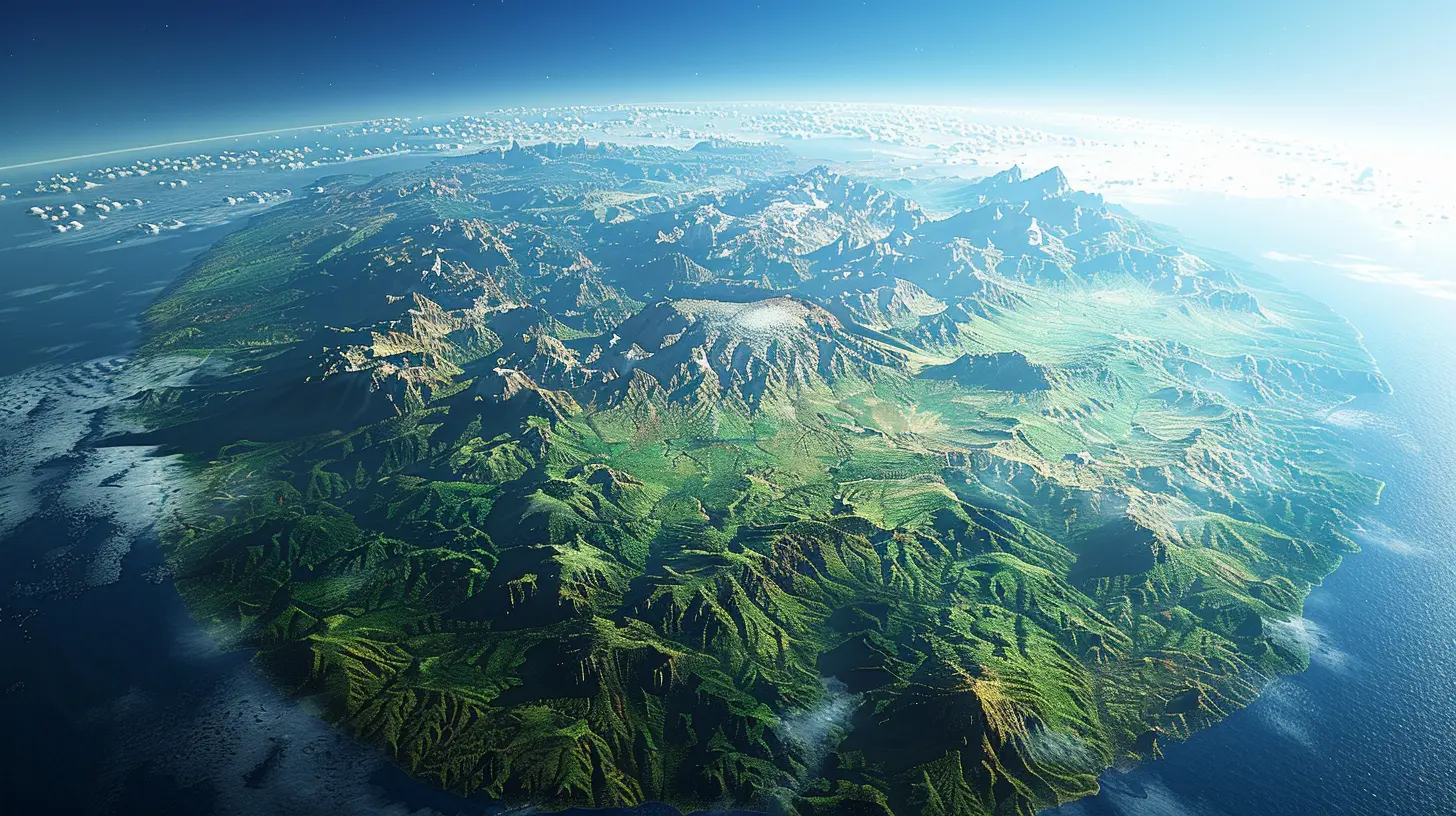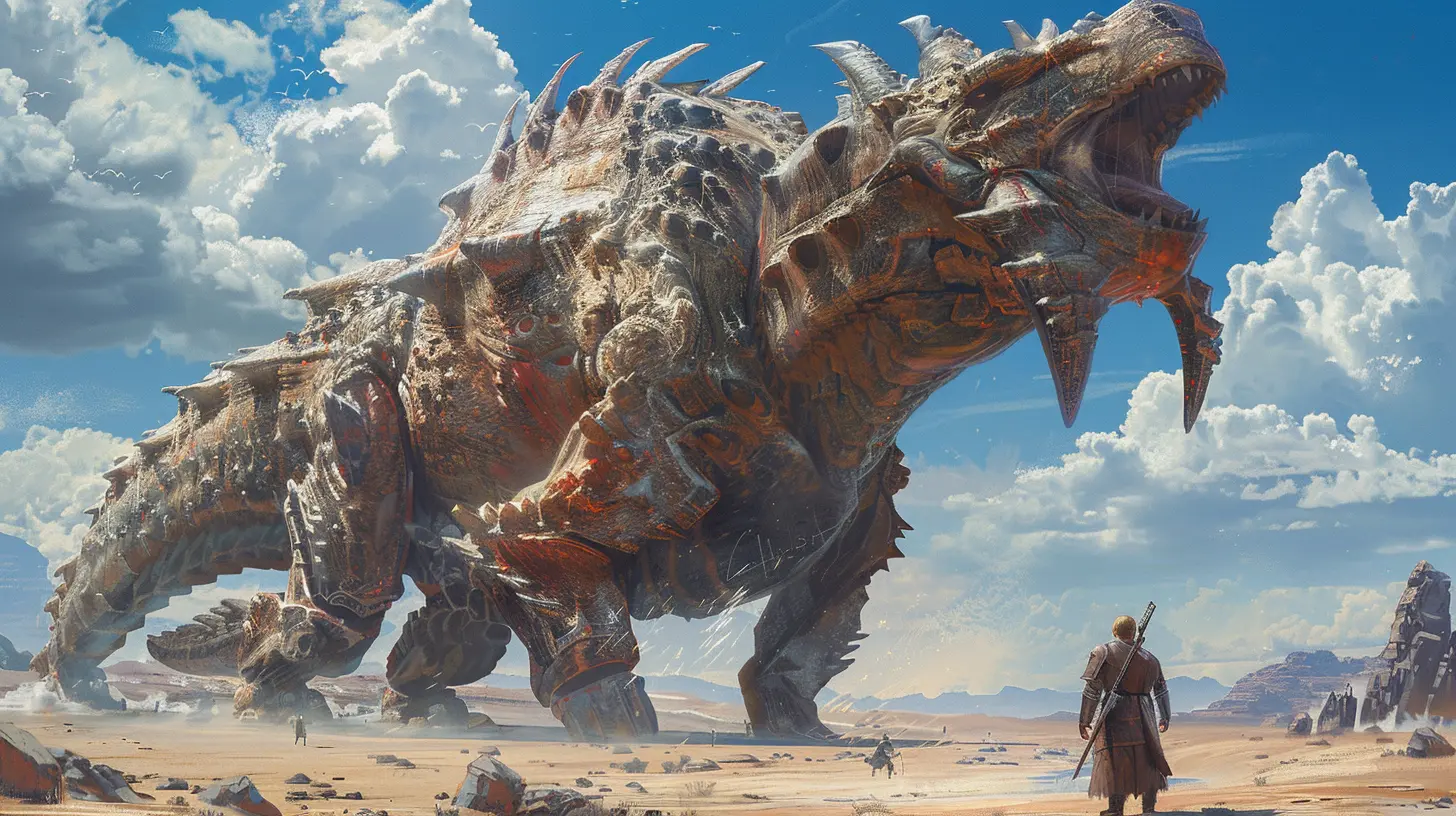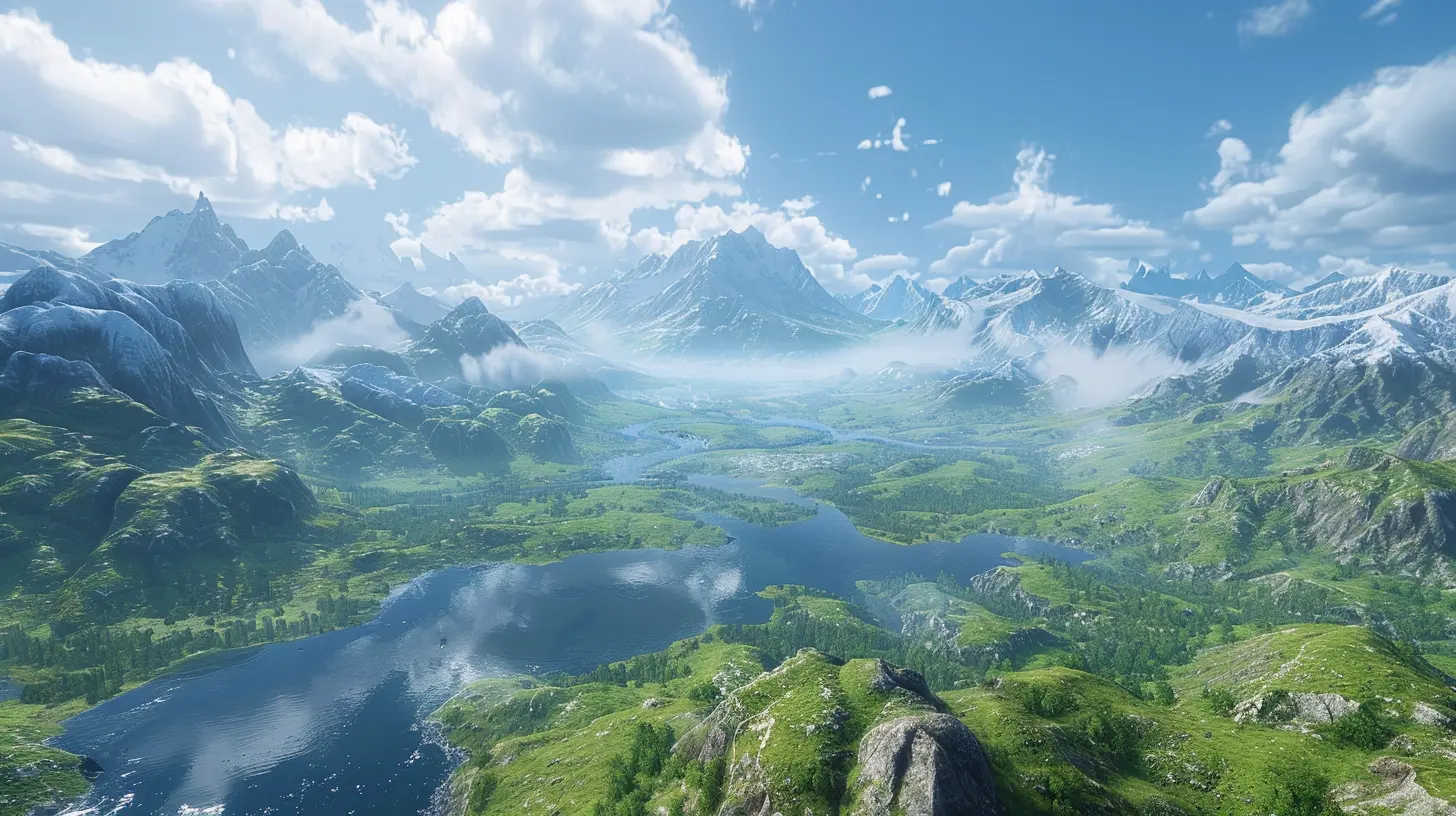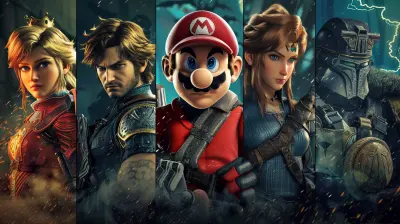25 April 2025
When you think about video games, one of the first things that probably comes to mind is how immersive the world feels. Whether it’s the sprawling landscapes of Skyrim, the endless biomes of Minecraft, or the tightly packed streets of GTA V, it’s clear that the size and scale of a game’s world can make or break the experience. But here's the big question: how big should a game world really be? It's not as simple as "bigger is better." Sometimes less is more, and other times, going all out on size can create the adventure of a lifetime.
In this article, we’re diving deep into why scale matters in video games and how it impacts the player's experience. Get ready, because we’re about to break it all down piece by piece (don’t worry, no boring lectures here).
Why Scale Is Such a Big Deal in Game Design
Think about this: Would The Legend of Zelda: Breath of the Wild have been the same if Hyrule was the size of a single city block? Absolutely not. The size of a game world affects everything—exploration, immersion, pacing, even the way players emotionally connect with the game. It's not just about making things look big for the sake of being impressive. Scale shapes how the world feels, and more importantly, how you feel as a player when you're in it.But here’s the kicker: if a game world is too large, it can feel empty and lifeless. On the flip side, if it’s too small, it might feel restrictive, like you're running laps in a sandbox. So, game developers need to strike that perfect balance between too big and too small.
What Does a "Big" Game World Even Mean?
Before we dive into the nitty-gritty, let’s clarify something: when we talk about the "size" of a game world, we don’t just mean physical dimensions. Sure, square mileage is part of it, but scale also refers to the density of activities, the level of detail, and how diverse the world feels.For example, No Man's Sky boasts around 18 quintillion planets (yes, quintillion with a “q”), but does that automatically make it a more engaging world than something like The Witcher 3? Not really. Why? Because size without meaningful content is like a gigantic cake that’s mostly frosting—it looks impressive, but there’s not much substance.
So, when thinking about scale, it’s more about the relationship between size and substance. The two have to work hand in hand to create an experience that feels expansive yet purposeful.
Bigger Worlds, Bigger Problems: When Game Worlds Feel Too Large
Sometimes, game developers bite off more than they can chew. They create worlds so massive that they become a pain to navigate. Raise your hand if you’ve ever spent 20 real-world minutes traveling from one quest to another, only to realize you forgot to bring that one important item back at your base. Frustrating, right?Take Just Cause 2 as an example. Its map is massive—about 400 square miles. While it’s fun to parachute and grapple around for a while, a lot of people quickly realized that most of that space is just...well, empty. The game world is visually stunning but lacks the density of meaningful activities to keep players engaged over the long haul.
In cases like this, players might start to feel "open-world fatigue." You know the feeling—you’re constantly traveling, but the destinations don’t feel rewarding. It's like being stuck on a road trip with no pit stops.
Small but Mighty: How Compact Worlds Can Shine
Now, let’s talk about the other side of the coin. A smaller game world doesn’t mean a less interesting one. In fact, some games prove that you don’t need sprawling landscapes to create an unforgettable experience.Take Hollow Knight, for example. Its map isn’t huge in terms of sheer size, but it’s packed with detail, secrets, and intricate level design. Every corner feels alive and meaningful. There’s always something new to discover, and the interconnected pathways make the world feel far bigger than it actually is.
A smaller, well-designed world can give players the best of both worlds: a sense of exploration without the overwhelm of traversing endless, empty spaces. It’s like finding a cozy coffee shop that has everything you need versus wandering through a massive mall with nothing interesting to buy.
The Role of Player Expectations
Let’s be real for a second: we, the players, are part of the equation, too. Different genres and audiences have wildly different expectations when it comes to game worlds. If you’re picking up a survival game like ARK: Survival Evolved, you probably expect a giant world filled with challenges. But if you’re playing a narrative-driven indie game, you’re likely not looking for a map the size of Texas.Games need to align their scale with their purpose. A cozy farming sim like Stardew Valley wouldn’t benefit from a map twenty times larger—it would just dilute the charm. On the other hand, a game like Elden Ring, with its grand sense of adventure and mystery, thrives in a vast, interconnected world.
Finding the Sweet Spot: The Goldilocks Zone of Game Worlds
So, how do game developers find that perfect balance? It all boils down to one thing: intentionality. Every inch of a game world should serve a purpose—whether it’s to tell a story, provide a challenge, or simply create a space for players to explore and make their own.A great example of this is The Elder Scrolls V: Skyrim. The map is undeniably huge, but it’s also filled with caves, dungeons, towns, and random encounters. There's always something pulling you in, making the world feel alive and worth exploring. Even after hundreds of hours, players still stumble across new things, which keeps the experience fresh and exciting.
On the other hand, procedural generation (creating content algorithmically) can be a double-edged sword. While it allows for massive worlds like No Man's Sky or Minecraft, it sometimes sacrifices handcrafted detail, which can make the game feel impersonal or repetitive.
Technology vs. Creativity: The Tools That Shape Worlds
Let’s give a little love to the tech side of things. Improvements in hardware and game engines have made it easier than ever to create large, detailed game worlds. From Unreal Engine’s photorealistic environments to AI-driven procedural generation, the possibilities are endless.But here’s the catch: technology is a tool, not a crutch. A massive, visually stunning world means nothing if it doesn’t engage the player. Think of it like building a mansion with dozens of empty rooms. Sure, it looks impressive, but what’s the point if there’s nothing to do? Creativity and thoughtful design will always be the backbone of a great game world.
The Future of Game World Scale
Looking ahead, where does this all lead? Are we doomed to see bigger and bigger game worlds until our consoles explode? Probably not. Many developers are starting to focus on “smaller” but richer worlds that prioritize player choice and meaningful interaction.Games like Outer Wilds showcase a more curated approach to open worlds. The game’s solar system is tiny compared to something like Starfield, but every planet feels intentional, with its own unique puzzle to solve. It’s proof that you don’t need a gigantic map to make a lasting impact on your players.
As technology evolves, we might even see more dynamic worlds that change and grow based on player actions. Imagine a game world that starts small but expands over time as you explore new areas or unlock new content. Pretty cool idea, right?
Conclusion: Big or Small, It’s All About Balance
At the end of the day, there’s no one-size-fits-all answer to how big your game world should be. Some players love the endless exploration of enormous landscapes, while others prefer tightly packed worlds full of rich details. The key is balance—using scale to complement gameplay, story, and player expectations.So the next time you dive into an open-world game and find yourself climbing a mountain or wandering through a bustling city, think about all the design choices that went into making that experience feel just right. Because when scale is done well, it doesn’t just make a world feel big—it makes it feel alive.


